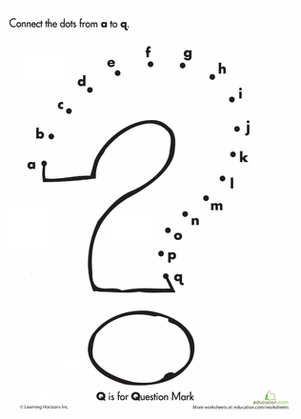 This post is part of the Quaker Alphabet Project – click here for more information.
This post is part of the Quaker Alphabet Project – click here for more information.
J is for Joining the Dots
In the last post I talked about how so many of the jobs done both in the meeting house and across the country in each meeting house have similarities. Each meeting will have their own dots of committees and individuals to be connected to others within the meeting, the wider area meeting and the surrounding community.
Each committee can feel isolated from the others – Elders and Overseers often work together, as do Finance and Property but, what about the others?
- How can each committee ensure that information flows freely from one to another?
- How can we ensure that these dots of interest and responsibility are joined to ensure everyone knows what is happening?
There will be good practice in one area, several job descriptions being created in another and yet another innovation being tried out in yet another…
- How can we ensure that not all of these individual meetings and committees aren’t duplicating effort with each attempting to reinvent the wheel?
Within the meeting or area meeting is probably the easiest place to start communicating – here are some ideas I’ve gathered on how others do this:
- A noticeboard with items of interest for each committee (including photos and explanation of what that committee does)
- Premises space or noticeboard with a place to put comments or concerns (rather than disturbing the convener before meeting)
- Premises/Wardens paragraph in the monthly newsletter, or sent out to everyone interested directly ‘Wardens’ Waffle’.
- Reports and (where appropriate) summary of business/minutes read during notices after meeting, rather than just during business meeting to ensure a wider audience. Often adding in an explanation of what that committee does and asking each member of the committee to stand up.
- Regular meetings of all AM Premises elders/overseers/clerks/conveners/treasurers to ensure good practice and ideas are shared and for support.
- Away days where deeper thinking can be done by Trustees rather than just a rushed meeting.
As my time at Muswell Hill came to an end a Threshing Meeting was held. At the end of the full day several people commented that they now knew more about how the meeting worked as a community, they therefore felt more involved and able to offer help than they did previously. Perhaps a similar day on ‘how does our worshipping community work?’ would be useful in your meeting?
- In what ways do you ensure that the various committees talk to each other locally and further afield?
To browse through all of the posts click on the Quaker A-Z link here or in the side bar.
